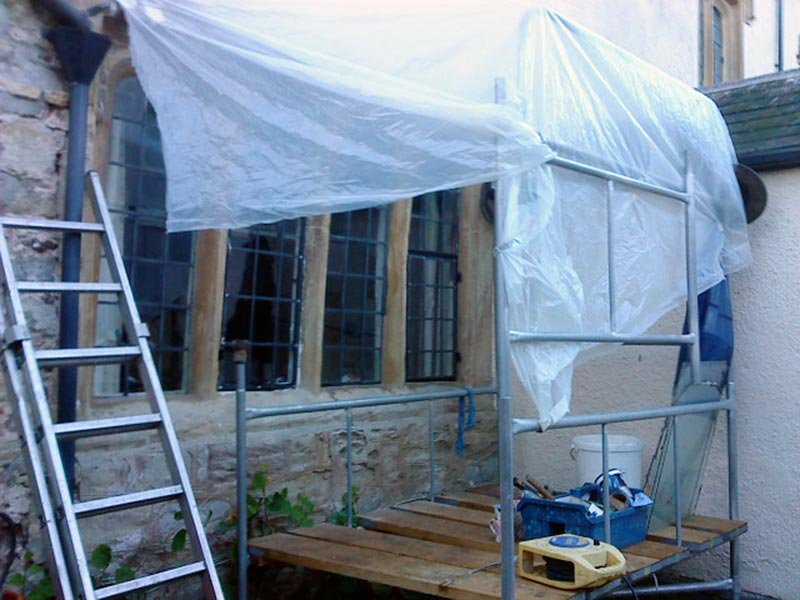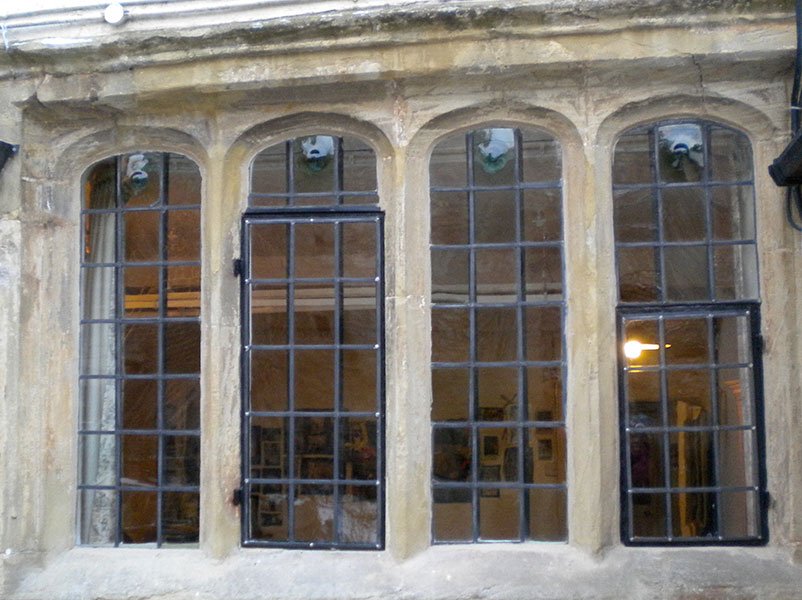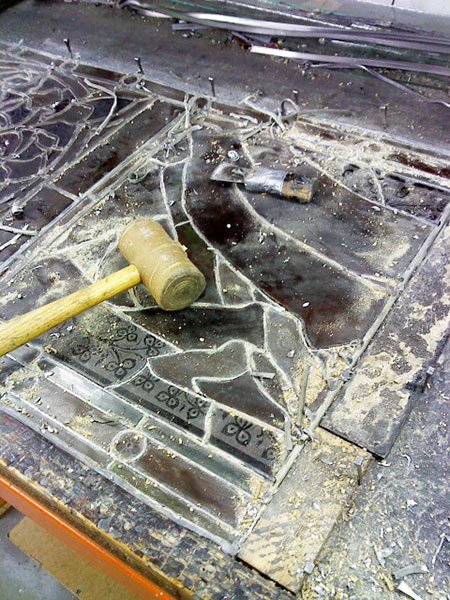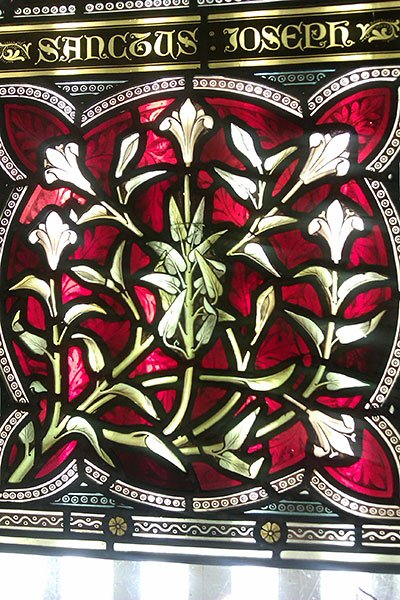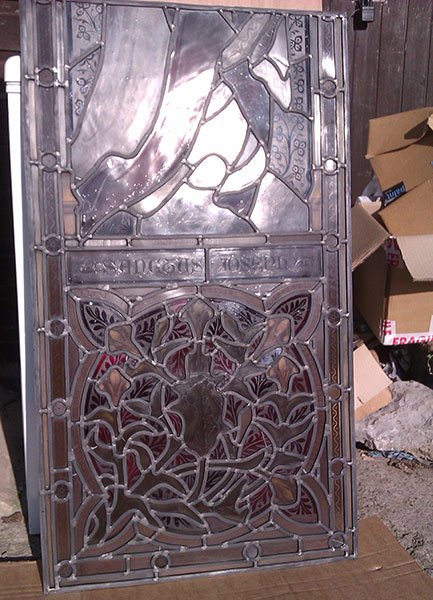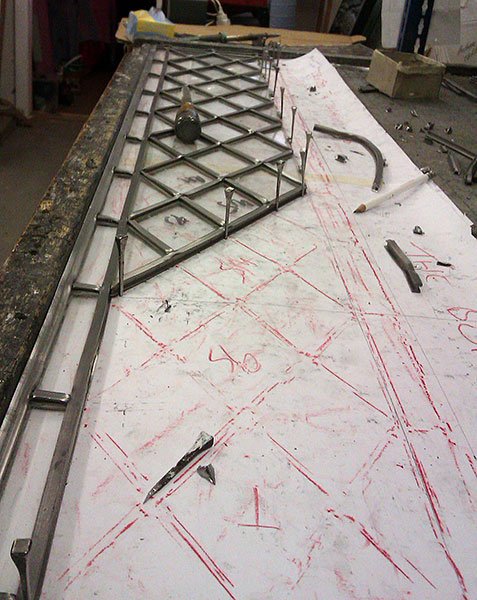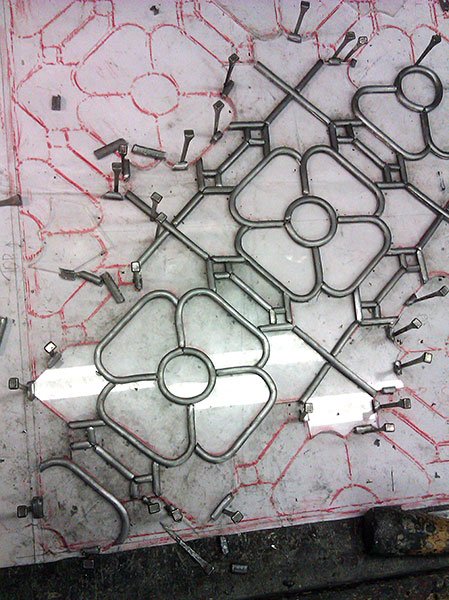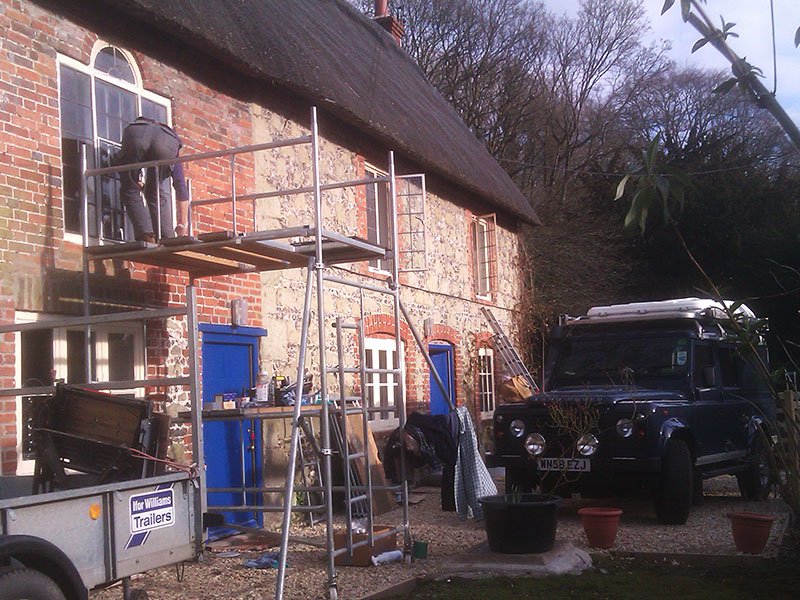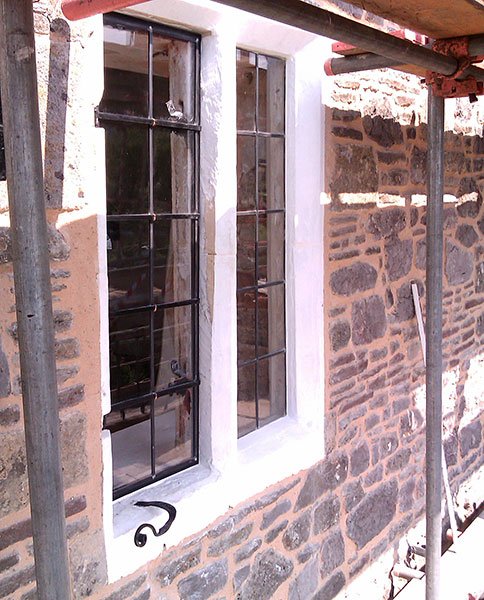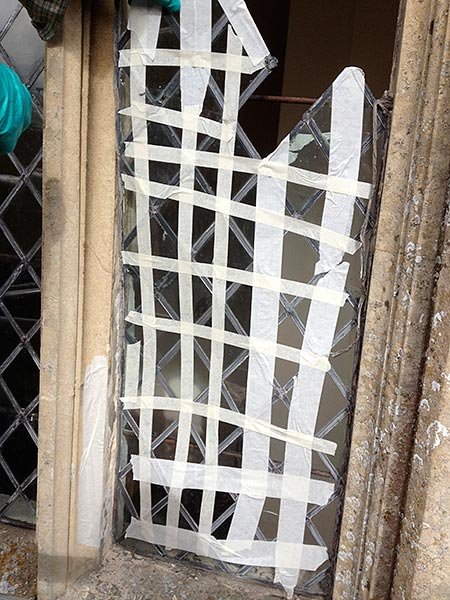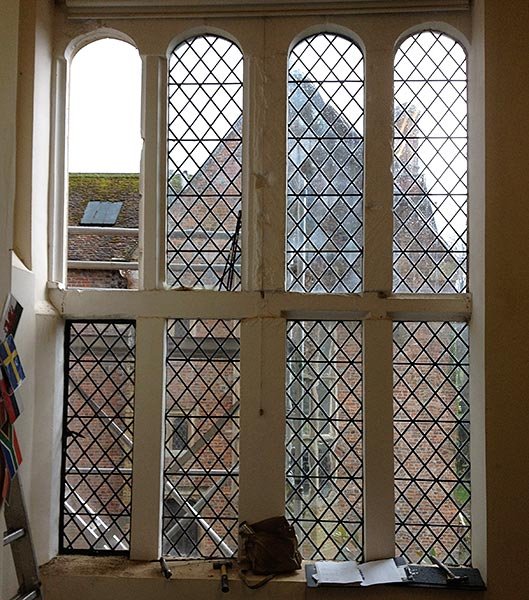Leaded light windows are becoming increasingly rare so retaining them is certainly of worth. Looked after correctly, leaded lights can last centuries, so routine maintenance is essential for their conservation.
Typical Restoration Techniques
As
always, preserving the existing fabric and restoration with traditional
techniques is favoured. Old glass is becoming increasingly rare.
Fortunately, saving original glass from run-down lead cames is usually
achievable so retaining it is certainly of worth.
Where
replication is necessary, replacement with historic traditionally
crafted glass will depend primarily on the historic context of your
leaded lights.
The same applies for lead work, which can usually
be repaired or retained, if it is still soft and pliable. Even if the
leaded lights do not need re-leading, the boundary lead will sometimes
need replacing. In most cases the cement or putty will also need
repairing or replacing entirely.
Leaded lights, are of fairly simple construction. Small panes of glass (quarries) are joined together using lead cames which are shaped like an H-Section to hold the pane.
Copper, brass or lead ties are soldered into the rear of the cames which are then fastened to the main window bars to provide structural strength to the panels. Glazing cement (traditionally consisting of linseed oil, whiting, lamp black and white spirit) is installed under the flanges of the lead came to secure the quarries in place. The leaded window unit was then installed into stone, timber or metal surrounds using traditional putty.
Traditional leaded light windows differ slightly from stained glass. Though the came glasswork technique allowed for both to be produced. Stained glass windows, commonly found in ecclesiastical settings and grand houses, included extra production processes such as painting and firing.
